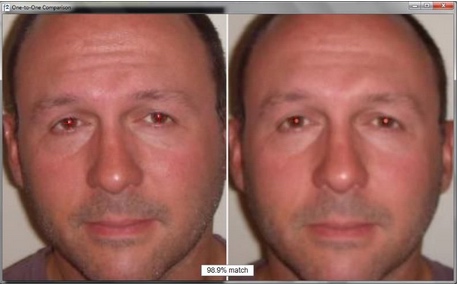
It?s an access control system that combines smart cards with biometrics for enhanced security. A user?s facial biometric profile is attached to her ID card; when the user scans or swipes the card through a building entrance?s card reader, her face is scanned via a mounted video camera, with the biometrics compared to those attached to her ID card. Only if they match will the user be allowed entry into the facility.
It?s a system that can be used not only to enable secure access control, but also to stop buddy-punching in attendance tracking, since the biometric component can ensure that the person clocking in or out is actually the registered ID card holder.
It?s another example of the biometric access control and attendance tracking solutions emerging as such technology becomes more accessible to customers. For its part, in a statement announcing the new F2, Face Forensics says the system ?is designed to be straightforward to integrate into existing access control systems and connects easily to images in existing industry-standard databases,? which should help to heighten its appeal to organizations in the market for improved security or attendance tracking.
When an individual presents their personal ID card at an entry point, f2 will immediately determine if the presenter?s face matches the face of the owner of the card. As the individual walks through the entrance of a building towards the camera, the employee?s ID card number is read, either through a card reader or by reading a chip on the card, validated, and used to retrieve the individual?s photo from the employee database.
In parallel, a video camera will automatically take several shots of the individual?s face. Each shot will be encoded with each encode array compared with ones for this individual in the database. If the match-percentage for any face exceeds a user-defined acceptance threshold the two faces are deemed to match and the person is accepted to be who they claim to be.
At this point the employee will be permitted to enter the building. If there?s no match they won?t be allowed to enter and security will take them to one side for further checking. If they refuse to cooperate f2 can be used in identification mode to compare the camera image with the faces of all the employees in the database in a one-to-many match to determine if the individual is an employee, ex-employee, or an unknown person.
In all cases the application can keep a time-stamped record of the images as well as details of the specific location that the match took place, for future investigation if required. Where a face is intentionally partially obscured, e.g. by the person?s hand, f2?s unique partial face recognition capability can be used to help identify the individual from the features that are visible.
Source: faceforensics.com
